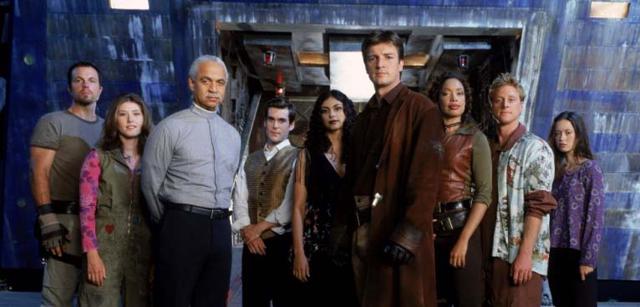Curating Steam: Moral Complexity versus Automatic Norms
Steam, owned by Valve, is the world’s biggest digital distributor of computer games. For years, it’s had frustratingly inconsistent and unpredictable rules on what games could be sold on its platform. After the most recent kerfuffle, Valve’s Erik Johnson published a post to the Steam blog titled “Who Gets To Be On The Steam Store?”
It’s worth reading in its entirety, but here’s my summary: Deciding which games can be sold on Steam is a hard problem that Steam has struggled with for years. There’s a long list of controversial topics and kinds of content - and for each one, many people in Valve’s huge multinational audience feel strongly that it should be allowed on the store and many people feel strongly that it shouldn’t. Many of these topics are also controversial among Valve’s own employees. So rather than continue to struggle with the increasingly impossible goal of consistent curation, Valve is scaling back to block only games that are illegal or “straight up trolling” (later clarified somewhat to mean “designed to do nothing but generate outrage and cause conflict"). Valve’s efforts will instead go toward creating tools to allow people to control what content they see - customers will be able to block specific kinds of games from their own slice of Steam and creators will be able to avoid harassment if they release something controversial.
We’ll have to wait and see the filtering and anti-harassment tools to know whether this plan will succeed, but the reasoning and intent seem solid and likely to lead to a vast improvement over the current unpredictable mess. So I was shocked to see that the reaction from the game journalism community featured widespread rage and contempt.

